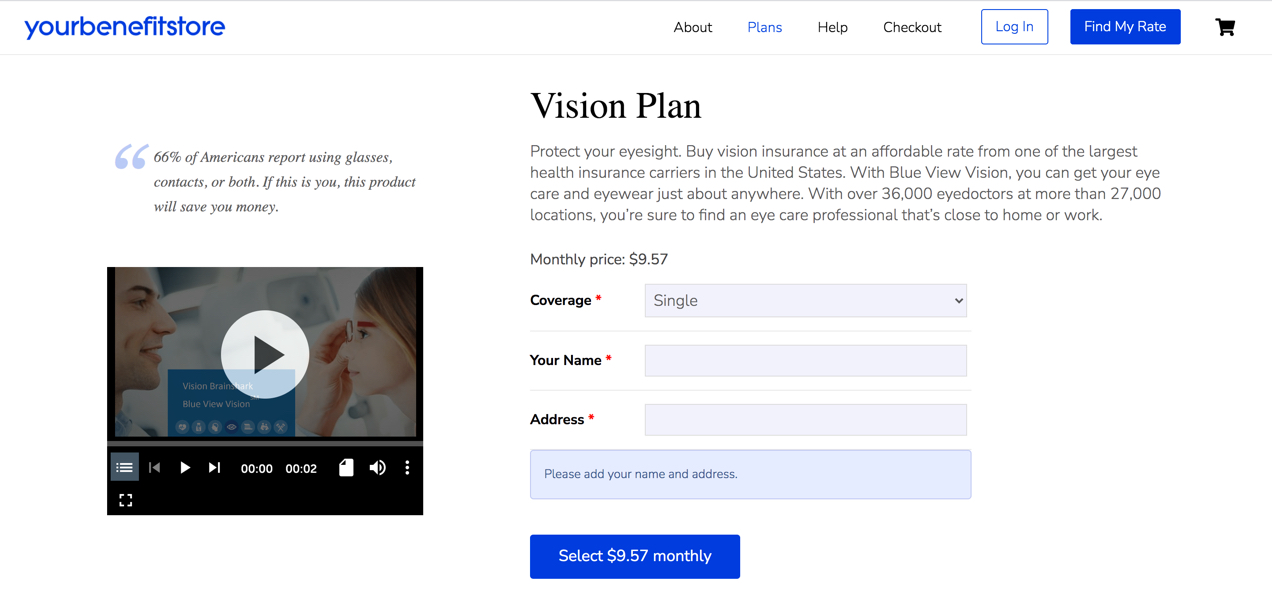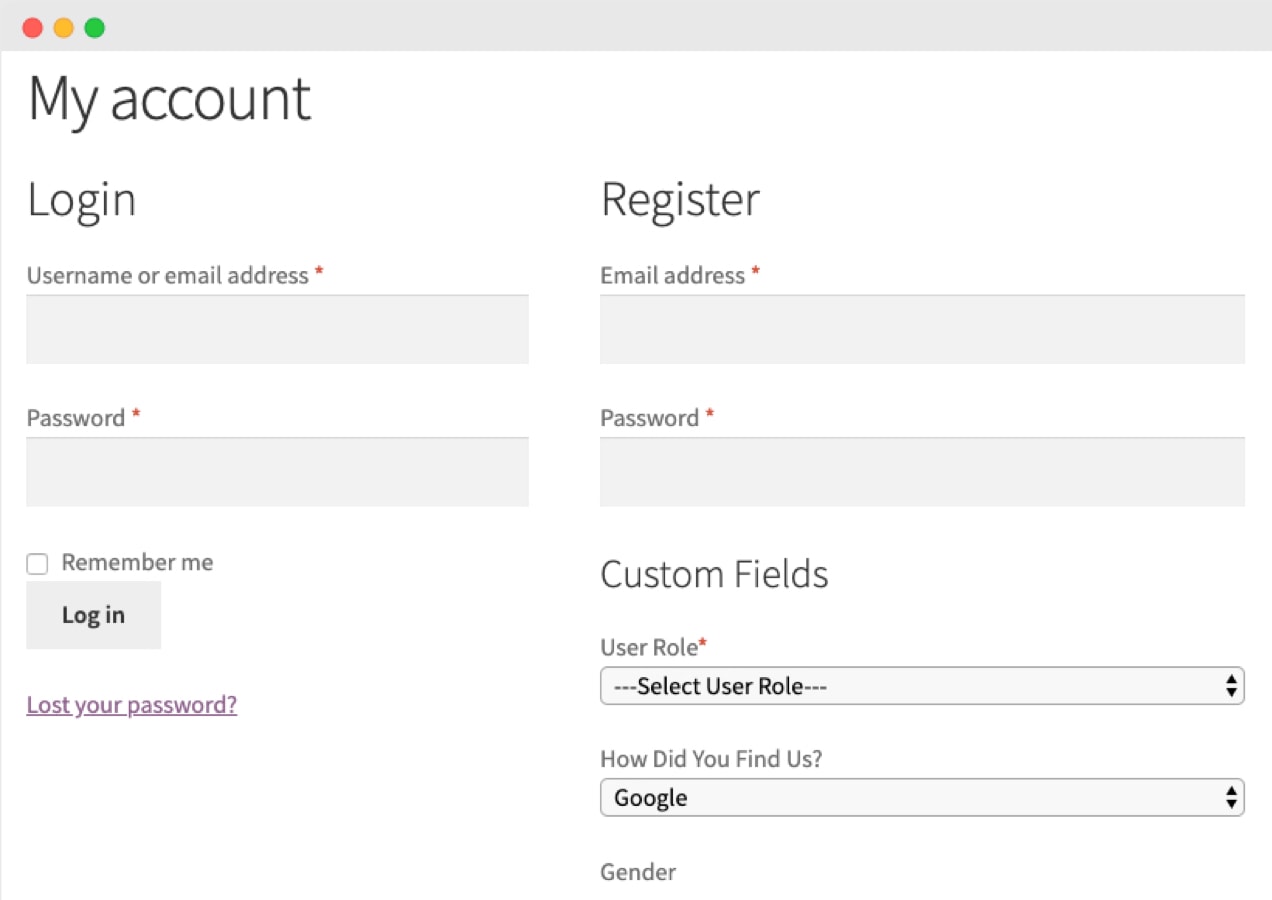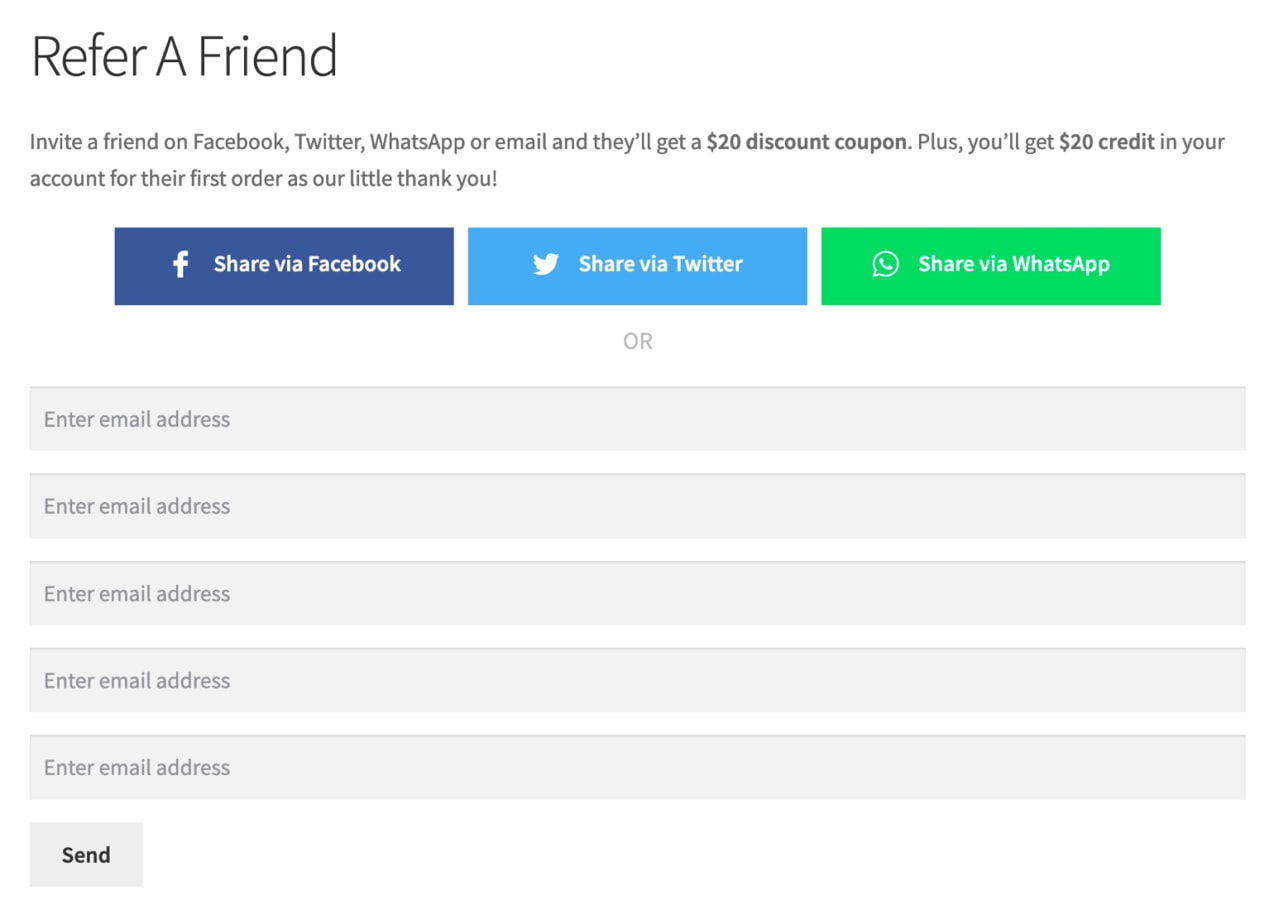If it seems like every time you engage a new client for a project you’re spending as much time onboarding them as you are actually working on the project, it may be time to start thinking about streamlining this part of your business. A well-developed client onboarding process is key to creating lasting relationships, encouraging new customer referrals, and saving you and your team substantial amounts of time.
Why you should create a client onboarding process
↑ Back to topThere are several reasons why a successful client onboarding process is imperative to the success of your business:
- It sets expectations. A well-designed process helps your clients understand how the project will be completed, what’s needed from them, and when to look for status updates. It also helps them feel more comfortable when working with you and your team.
- It saves your company time. A standardized, automated onboarding workflow will save you and your client time both at the beginning of the project, but also throughout its duration. When clients know what to expect, they’ll have fewer questions and won’t feel the need to constantly check in on the status of production.
- It improves client retention. Your most reliable revenue comes from existing customers. When a client hires your company for the first time, it’s important that they know what to expect, know how to access certain information, and feel supported throughout their experience. A good initial experience will not only encourage your clients to continue working with you, it will also help them become your primary referral source.
- It boosts overall revenue. The more long-term clients you have, the lower your acquisition costs are over time. If your current clients and their referrals are keeping you busy, you won’t need to put as many hours or dollars into advertising. This keeps your revenue higher and marketing costs lower.
Client onboarding checklist
↑ Back to topBefore deciding how to structure your client onboarding process, define the information you and your client need from one another. Download this handy checklist of items your business might need to include when developing a workflow. Your needs may differ, so feel free to customize your own checklist.
Designing your client onboarding process
↑ Back to topNow that you’ve determined what information you need to provide to and receive from your client, you’ll need to figure out the best method of transmitting and maintaining this information and what systems should be put in place for a seamless, easy-to-manage experience.
Create client screening and registration forms
Depending on the nature of your business, you might not ask clients to pay for services upfront. You may first ask them to fill out a questionnaire to determine the scope of their project or whether or not the services you offer fit with the client’s needs.
Gravity Forms is a great tool to create detailed forms for screening clients. You can design complex forms that include a “save and continue” option so users can save their progress and return to complete the form at a later time. It also offers the option of file uploads, so prospective clients can upload documents or photos to help clarify their project scope. For example, if you’re painting a custom watercolor of a house, the customer might need to upload a photo of the home so you can give them a quote.

After you’ve determined a client’s project is a good fit, you’ll want to get their account set up. If you require that a client purchases a product in order to get started with your services, you can include your onboarding questionnaire right on the product page using Gravity Forms Product Add-ons.
If you need a client to register on your site before they pay for a service, you can collect detailed information with Custom User Registration Fields for WooCommerce. All the data you collect will be available to your client on their account page and the information they submitted will be included in their user profile.
Simplify the checkout process
If you’ve added extra form fields to your products or require a lengthy registration, you’ll want to push simplicity and efficiency even more in your checkout. Try to keep your checkout simple and distraction-free so your client doesn’t get frustrated. Some things you can do to streamline the process include:
- Remove distractions. Eliminate navigation and sidebar widgets so that your customer stays focused and doesn’t wander off to investigate other products.
- Use WooCommerce One Page Checkout. If you’re a service-focused company, it’s likely your clients may be only purchasing one product at a time. Offering them the ability to check out right on the product page can help close your sales more quickly and provide a better experience.
- Offer multiple payment options. Let customers choose a convenient method of payment. With Woo Payments, you can accept payments in multiple currencies and even offer popular methods like Apple Pay, giropay, and Sofort.
Learn more about optimizing your checkout.
Create a secure client portal
Now that your client has registered on your site, you’ll want to make sure they have access to everything they need and that they also have the tools to provide you with any information your team needs. A secure client portal is a great way to keep sensitive information in one place while providing safe access to everything you’ll need to work together.
Using tools like WooCommerce Memberships and Gravity Forms, you can create a secure portal that gives your clients the ability to manage their payment information, upload important files, and fill out additional forms and surveys. You can also restrict access to certain products, resources, and content based on membership levels.

If you’re using the Custom User Registration Fields for WooCommerce extension, you can assign a membership role to your clients when they register and restrict access to certain content until they’ve upgraded to a paid membership product.
Make payments easier with subscriptions
If you use WooCommerce Memberships as part of creating your client portal, you can combine that with WooCommerce Subscriptions to enable handy features like automatic recurring payments. This is especially helpful for clients who may be paying weekly or monthly for your services.
With Woo Memberships and Subscriptions you can:
- Create automated payment plans
- Offer free trials
- Let clients pause their own memberships
- Let clients upgrade or downgrade their membership
- Prorate memberships when clients upgrade or downgrade services
Create a client welcome package
Create a series of emails and documents that introduce your client to working with you. An introductory email might outline all the legal and financial information you’ll need from your client. You may also request project-specific information like brand guidelines or send a questionnaire that helps further define project scope. Or provide details about your business hours, collaborative tools you use with your clients and how to access them, and other important information.
AutomateWoo can help you roll out a welcome package that will make onboarding a breeze. In addition to sending your standard series of emails as described above, you can also:
- Suggest other services: Automatically send clients emails suggesting other services they might be interested in based on what they’ve already purchased.
- Send SMS notifications: Send your clients text notifications after a purchase.
- Provide card expiry notifications: Alert clients about upcoming credit or debit card expiration dates for cards that they have saved to their account. This can reduce failed payments and extra customer service work.
Enroll your clients in a referral program: Get more clients with less marketing work by encouraging referrals. Offer incentives with AutomateWoo’s Refer A Friend add-on.

Once you’ve onboarded your client, you can use these same tools and systems to encourage retention. Upsell them on additional services, suggest new services to them when they near the end of a project or membership term, and offer them incentives to send new customers your way.
Once your process is set up and automated, it doesn’t mean you can just take it easy, though. While good systems make your workflow more efficient, you’ll need to refine them over time. Review your onboarding process occasionally and improve aspects of it based on feedback from clients and changes to your business. A successful onboarding process is one that is not only well-planned in the beginning, but one that evolves over time to best serve your clients and your company.
About






It’s so important to have a clearly documented client onboarding process. Thanks for the great article!
Thanks, glad you found it helpful!